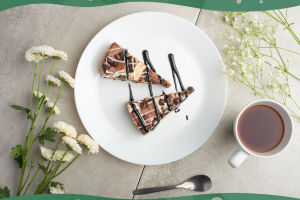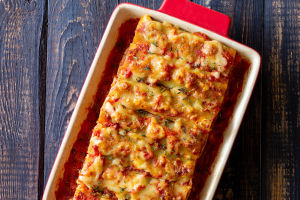Semla is a sweet treat that has become an integral part of Swedish culture. The cardamom-flavored wheat flour bun filled with almond butter and whipped cream has a long history that dates back centuries.
Originally, semla was just a loaf of bread soaked in hot milk, called hetvägg. However, over time, Swedes started adding cream and almond paste to the mix, and the modern semla was born.
Today, semla is a beloved pastry that is consumed throughout Sweden. Semla is available in bakeries all year round, and people eat it whenever they feel like it.
In fact, there was a time when people were so obsessed with semla that bakeries started selling them earlier and earlier each year, causing a nationwide outcry.
Despite its high-calorie content, semla remains a favorite among Swedes, and many bakeries are constantly trying to come up with new and innovative versions of this classic pastry.
Some of the more popular variations include semmelwrap, where the dough is rolled flat and eaten as a wrap, as well as Nutella-stuffed and fried versions. There are even raw semla, semla shakes, and semla porridge.
If you're interested in making semla at home, the process is relatively straightforward. To make the dough, you'll need butter, milk, yeast, cardamom powder, sugar, salt, and flour. First, melt the butter and mix it with the milk.
Add the yeast and cardamom powder and stir until there are no lumps. Gradually add the sugar, salt, and flour to the butter-milk mixture, and blend in a food processor for 15 minutes. Let the dough ferment for 40 minutes until it doubles in size.
Next, knead the dough and cut it into six pieces. Shape each piece into a bun and let it ferment for an hour until it doubles in size. Brush the buns with egg wash and bake them in the oven at 230 degrees for 8 minutes.
Once the buns have cooled, cut off the top third of each bun and scoop out some of the bread to make room for the almond paste and whipped cream. Fill each bun with almond paste and a spoonful of cream, then replace the top and dust with icing sugar.
Semla is more than just a pastry – it's a cultural icon that has played an important role in Swedish history. While the traditional version remains popular, there are many innovative variations to try.
If you're feeling adventurous, why not try making semla at home? With a little bit of practice, you can enjoy this delicious pastry anytime you like.


